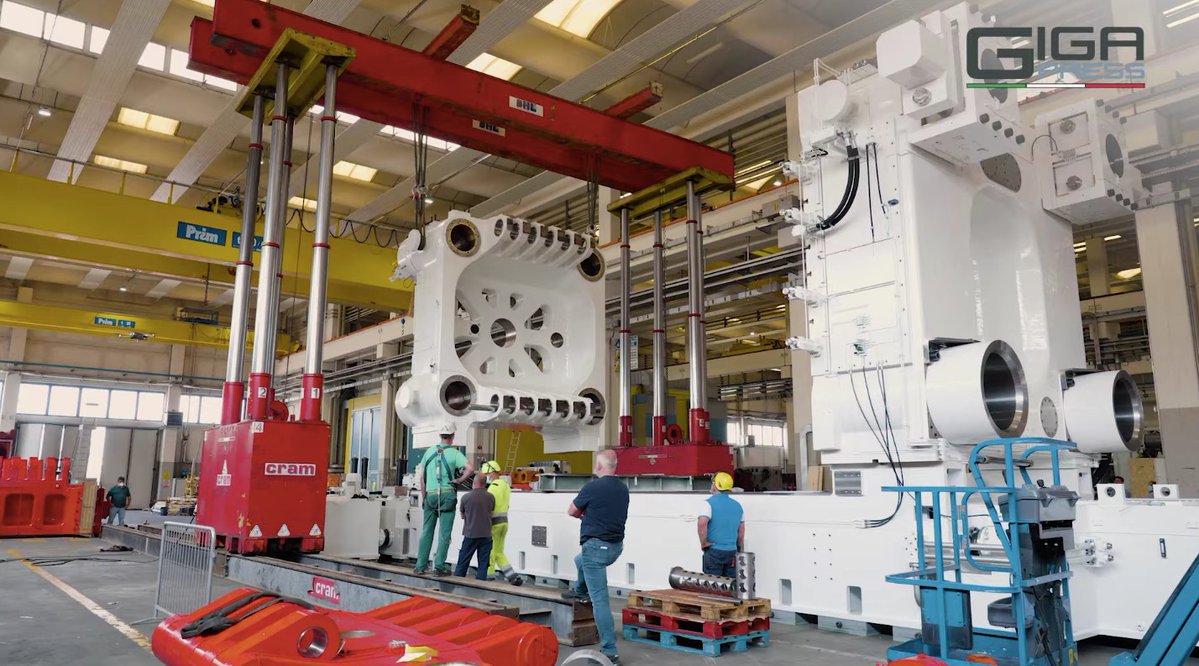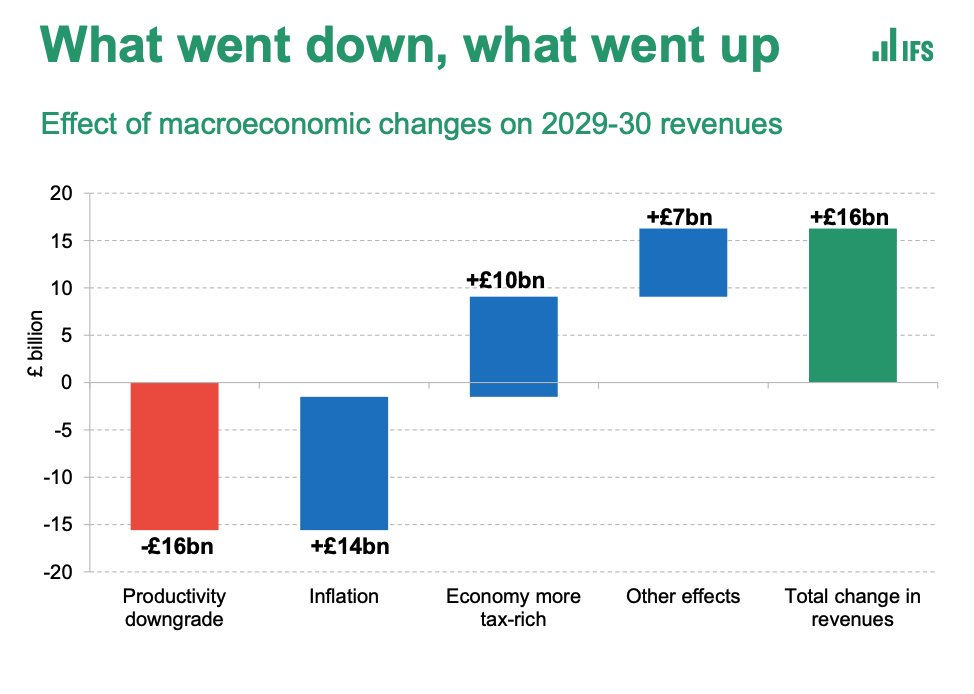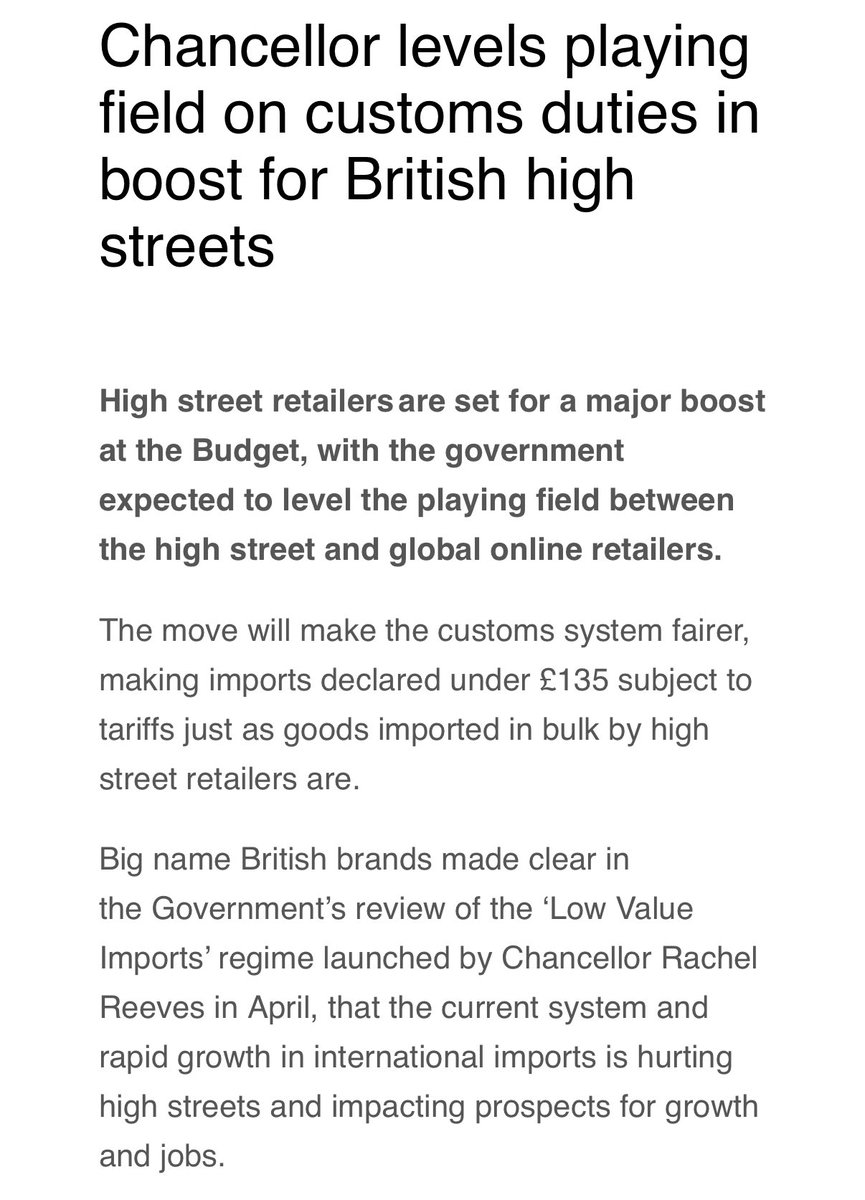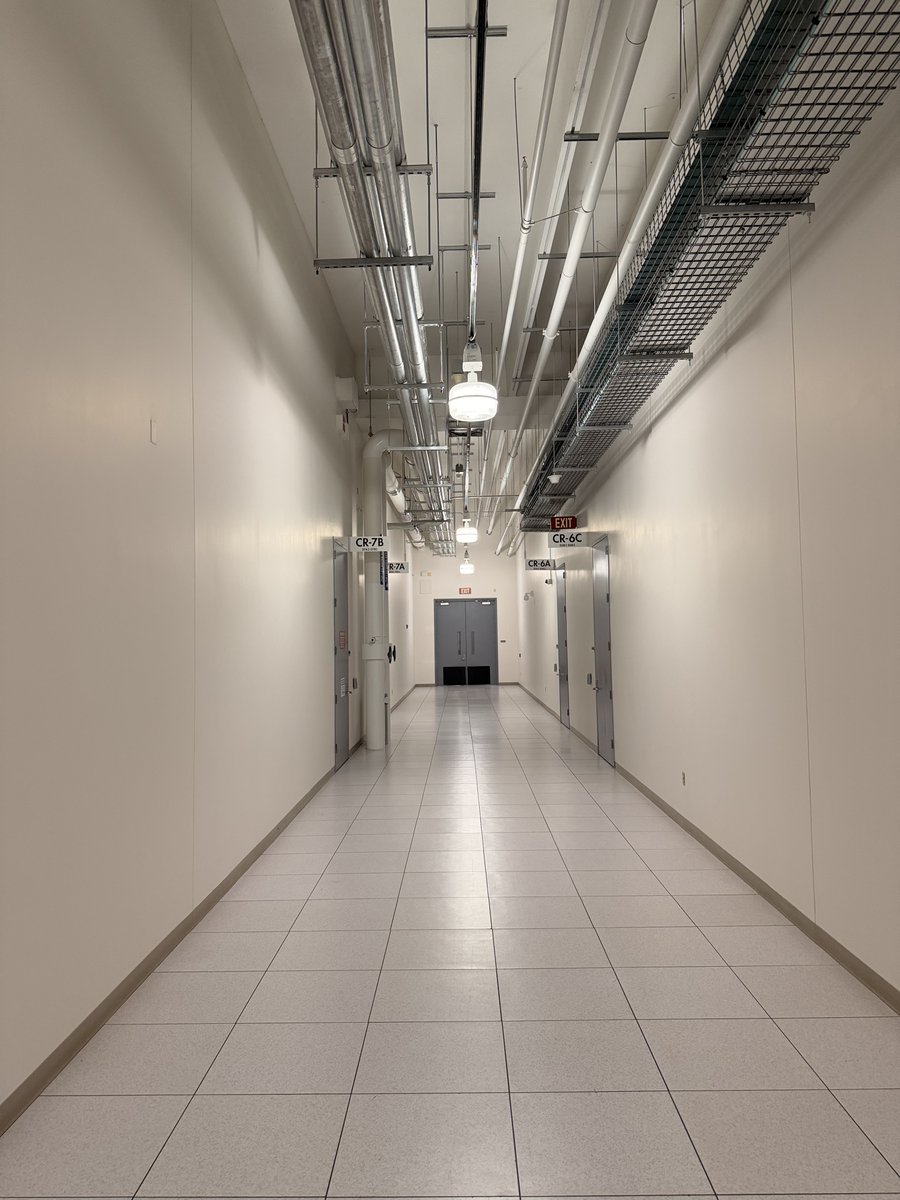Few thoughts on UK COVID data.
There’s good news and bad news.
But the good news is that the good news outweighs the bad IMHO.
Let’s start with cases. They’re growing in the UK at a decent snap, albeit not as fast as winter. You can see this better in the log chart (2)

There’s good news and bad news.
But the good news is that the good news outweighs the bad IMHO.
Let’s start with cases. They’re growing in the UK at a decent snap, albeit not as fast as winter. You can see this better in the log chart (2)


But the real question is not just about cases but whether they’re turning into deaths.
That was the case for most of the pandemic: look at how correlated these lines are.
But now look bottom right. Do they seem to be diverging? Looks like it (albeit still quite early days)
That was the case for most of the pandemic: look at how correlated these lines are.
But now look bottom right. Do they seem to be diverging? Looks like it (albeit still quite early days)

That brings me to the most encouraging bit of data out recently: the case fatality rate of the Delta/Indian variant vs Alpha/Kent and others.
Look! While 2% of those catching Alpha died, the CFR for Delta is only 0.3%. Massive improvement.
Look! While 2% of those catching Alpha died, the CFR for Delta is only 0.3%. Massive improvement.

It’s hard to overstate how big a deal this is. Clearly death is not the only consequence of #COVID19. There’s long covid, most notably.
Even so, the fact that a far smaller % of people are dying is incredibly good news.
Early data, so will need to monitor it. But still… 🤞
Even so, the fact that a far smaller % of people are dying is incredibly good news.
Early data, so will need to monitor it. But still… 🤞
And in case it wasn’t already clear, this is not a consequence of the variant itself, which seems on the basis of early evidence to cause MORE hospitalisations. It’s because so many people are vaccinated that only a small % are catching it and even smaller are dying of it.
Now clearly deaths always lag cases, so we need to be cautious and look at as many datapoints as poss to test the thesis that the link between cases & deaths is weakening. Let’s look at hospital admissions.
Again, note the correlation during winter. And some divergence recently.
Again, note the correlation during winter. And some divergence recently.

The pattern is somewhat less clear than with deaths because while deaths are flat, hospitalisations are growing. But look at the growth rates.
Cases going up 4.7% over the past fortnight. Admissions up 3.4%.
Doesn’t sound like a big difference but in practical terms it’s enormous
Cases going up 4.7% over the past fortnight. Admissions up 3.4%.
Doesn’t sound like a big difference but in practical terms it’s enormous

Extrapolate these lines forward (simple projection based on past 14 day growth rate) and here’s what you get by 19 July:
40k #COVID19 cases a day.
560 hospitalisations a day.
So. On “Freedom Day” the caseload could be 2/3 of the winter peak!
Sounds scary, right…
40k #COVID19 cases a day.
560 hospitalisations a day.
So. On “Freedom Day” the caseload could be 2/3 of the winter peak!
Sounds scary, right…

But 560 daily hospitalisations represents only 13% of the winter peak.
Far more manageable for the NHS.
You see the issue.
Even as UK lifts lockdown, one key statistic, the one we’ve prob focused on the most during the pandemic, will be at levels which hitherto rang alarm bells
Far more manageable for the NHS.
You see the issue.
Even as UK lifts lockdown, one key statistic, the one we’ve prob focused on the most during the pandemic, will be at levels which hitherto rang alarm bells

It’s a tricky one. We’ve spent the past 18 months telling ourselves that sure as night follows day, cases => hospitalisations => deaths.
And while there’s clearly still a link and people are still suffering, this heuristic is nowhere near as powerful as it once was.
And while there’s clearly still a link and people are still suffering, this heuristic is nowhere near as powerful as it once was.
Which is why this point matters. It will be very easy in the coming weeks to take case numbers and make them look utterly terrifying. But the reality is much more nuanced. And that’s going to be v tricky for all of us to internalise.
https://twitter.com/EdConwaySky/status/1407962744305897477
None of this is to say the numbers aren’t, well, a bit unnerving. The ONS data now suggests cases are on the way up too, so it’s not just the dashboard (tho the @ONS infection number is still a tad less steep than the gov.uk numbers) 

Look at the breakdown of UK nations and Scotland looks like it’s going through the ceiling. A while back this would be an instant red flag. But again: remember that the equation has changed. High cases don’t necessarily mean high hospitalisations/deaths 

Let’s not forget that in comparison with where many epidemiologists thought we might be now, we’re doing incredibly well.
This is the Imperial chart of what might happen to hospitalisations as lockdown was eased.
Right hand chart is what happened (the circular dots)
This is the Imperial chart of what might happen to hospitalisations as lockdown was eased.
Right hand chart is what happened (the circular dots)

One other thing worth bearing in mind: part of reason UK cases are rising so fast is the delta/Indian variant. Nearly all UK cases are now Delta. But most of the rest of Europe is basically now where the UK was a month ago.
Chart is delta % in various countries:
Chart is delta % in various countries:

Also worth bearing in mind it needn’t have been quite like this. It’s quite plausible UK could have staved off arrival of Delta. (Tho it would prob have got here in the end).
Still, answers from govt abt why it waited so long to put India on red list remain unsatisfactory. Cf:
Still, answers from govt abt why it waited so long to put India on red list remain unsatisfactory. Cf:
https://twitter.com/edconwaysky/status/1394361567786016768
Full analysis on @SkyNews website: it's time to throw out the old rules of thumb about #COVID19: news.sky.com/story/covid-19…
• • •
Missing some Tweet in this thread? You can try to
force a refresh














